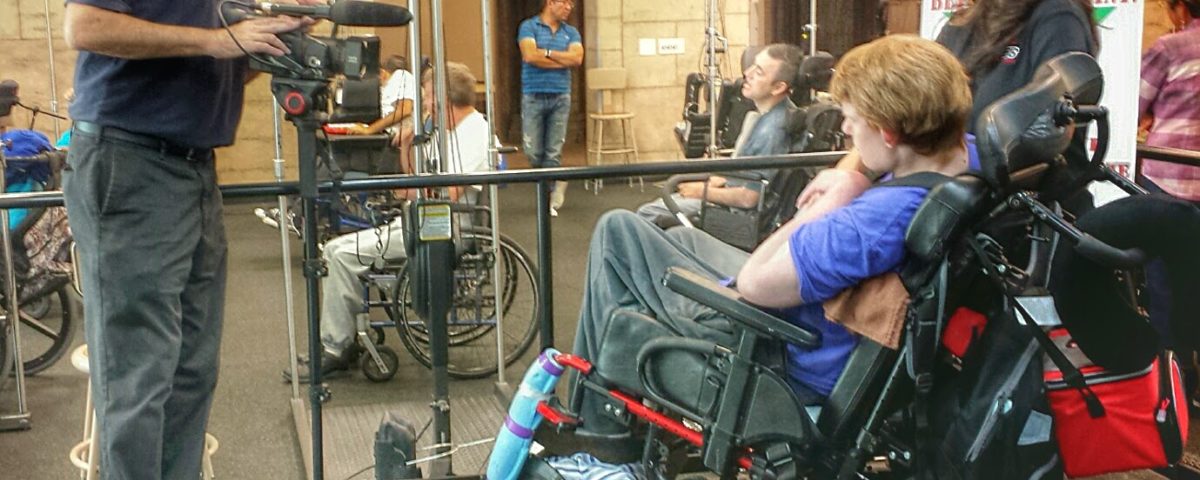- Have any questions?
- 626.335.9794
Life Before Injury Videos: Probative value v. undue prejudice

Day in the Life Video: Foundation, accuracy, fairness and relevance
May 13, 2015
Daily Activities Video: Inadmissible hearsay or exception?
May 15, 2015Part 3 of the Day in the Life Video Admissibility Series
Go to the previous post of this series: Inadmissible hearsay or exception?
Once again, in Bannister, id. at 1270 court addresses another concern in the issue of “unringing the bell.” Bannister suggests the trial court judge be required to examine day in the life video in camera and determine, on a case-by-case basis, whether the probative value of the particular videotape “substantially” outweighs the possibility of prejudice.
The Supreme Court of Mississippi upon reviewing the day in the life video presented in Butler v. Chrestman, (Miss. 1972) 264 So. 2d 812, 816, declared: “[T]he motion picture was improperly admitted into evidence because it was one depicting excruciating pain and suffering rather than attempting to reveal the actual state of the injuries. The nature of this film was more likely to inflame and prejudice the jury rather than to serve any evidentiary purpose.” Here the commission attorney could have avoided the video from being excluded had the videographer simply documented the action rather than the agony.
Also, in Thomas v. C.G. Tate Construction Company (S.C.Dist.Ct.App. 1979) 465 F.Supp. 566, the court excluded the day in the life video, finding that the video would invoke intense sympathy for the plaintiff and inflame the average juror. The video wrongfully highlighted the plaintiff’s continual groans and moans during treatment for a severe burn injury. The camera focused on the plaintiff’s face as plaintiff grimaced in pain, instead of the treatment itself. As a result, the court put forth the following statement:
“The court can conceive of no way in which the defendant can possibly depict with equal impact those periods of time during the plaintiff’s recovery process when he was either free of pain or relatively speaking, free of pain . . . In this court’s judgment, no amount of testimony from the attending physician, nurses, etc., could possibly offset the dramatic effect of the audio-video tape in question.”
However, defense counsel in Jones v. City of Los Angeles (1993) 20 Cal.App.4th 436 [24 Cal.Rptr.2d 528], contends the day-in-the-life video introduced by the plaintiff and allowed by the trial court should have been excluded under California Evidence Code 352 (probative value outweighed by prejudicial effect). But the California Court of Appeals confirmed that: 1) the trial court had independently previewed the tape 2) there was no evidence that the tape exaggerated plaintiff’s difficulty in performing tasks or that it involved self-serving behavior. 3) both the plaintiff and the nurse were available for cross-examination and 4) it was not “merely cumulative” of other testimony because it best described plaintiff’s daily problems in a way oral testimony could not convey.
The Court of Appeal also found the videotape highly relevant on the issue of damages for it graphically demonstrated plaintiff’s need for constant medical attention in a manner oral testimony could not convey. It also had substantial probative value on the extent of pain and suffering and was therefore helpful to the jury in calculating appropriate damages.
As such, Jones is the first California appellate opinion to rule specifically on the admissibility of a day in the life video.
Go to the next of this series: Foundation, accuracy, fairness and relevance




